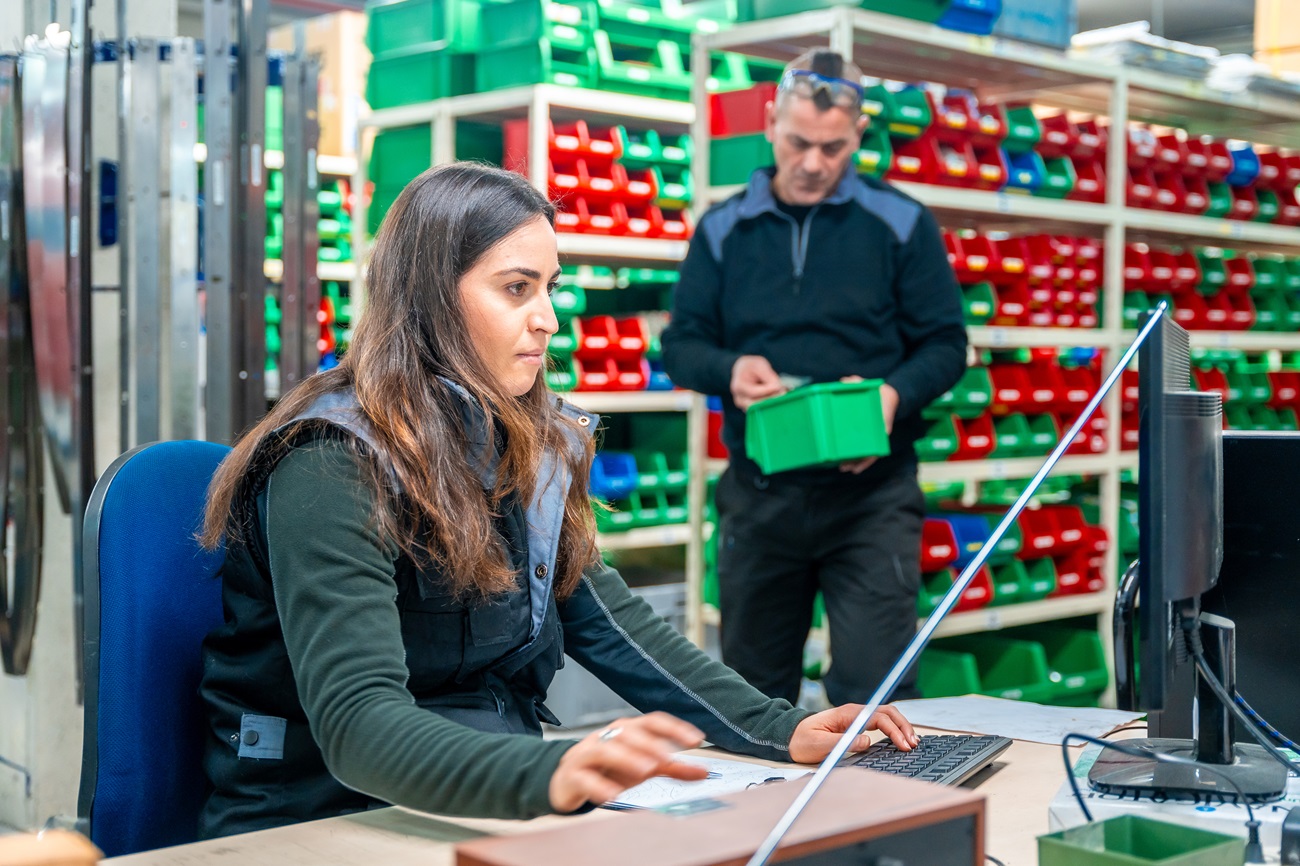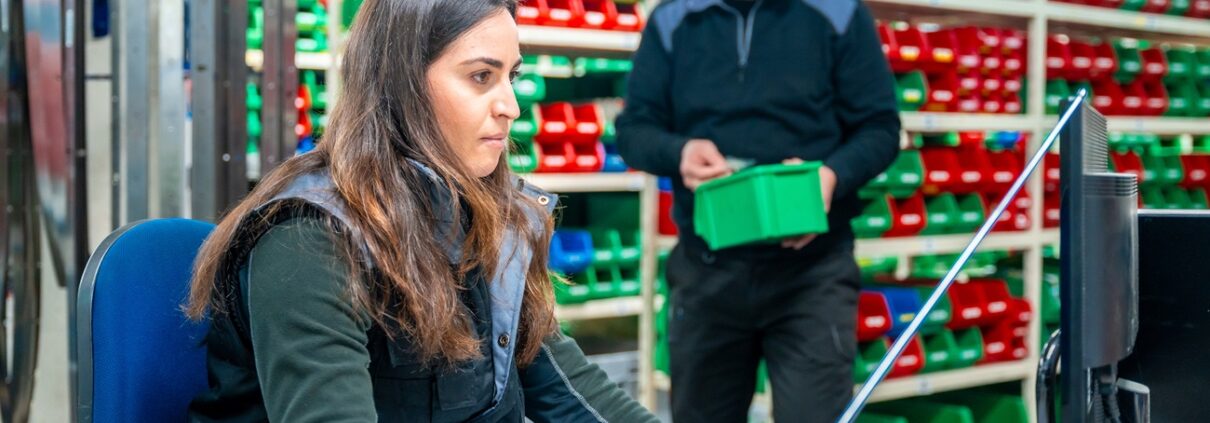How Biometrics Impact Warehouse Operations

Biometrics are an asset in the healthcare industry to help patients more effectively and expand access to preventive care. The warehousing industry is quite an accident-prone field requiring much attention and care.
Fingerprints, facial recognition, iris scanning and other forms of biometric technology may initially seem to have no correlation in such a manual-based field. However, automation is becoming more widespread. Its application can improve medical technology and care for the professionals working in such operations.
How Biometrics Benefits Warehouse Operations
Biometric technology can deeply influence multiple processes and facets of warehouse floors. Medical experts and industrial workers can collaborate to fine-tune operations for better safety and security.
Better Safety
Warehousing is a workplace vulnerable to accidents. For example, more than 96,000 forklift incidents happen each year, with cases varying in severity. Safety training can minimize such occurrences, and biometrics can bring those numbers down further. For example, verify worker attendance to seminars and workshops with their biometric data.
Biometric technology can also help with safety. For example, some wearable devices can track vital signs like heart rate and blood pressure. If medical technology experts and warehouse professionals can access this real-time data, they can deduce when a person is in danger, making it quicker to provide aid when needed.
Enhanced Security
Biometrics is known for being a great security measure. In health care, it’s used to sort out and protect medical records from being tampered with. Warehouses typically have an abundance of workers, which makes security even more important.
Warehousing operators can also find similar uses for biometric technology on the premises. Its authentication can prevent unauthorized access to higher-level rooms and grounds. It can also be used to protect sensitive data and information stored on computers through biometric authentication.
Improved Efficiency
Biometrics can ramp up productivity in warehouse operations. With data in hand, medical experts can look for signs of fatigue in workers. These insights allow them to prescribe preventive measures and care to ensure they stay healthy and perform duties as usual.
Biometric systems are also helpful in streamlining warehousing processes. For example, people’s fingerprints can simplify access to inventory. Managers also get a record of which personnel are touching those products.
Error Reduction
Errors are costly in health care. Biometrics offers precise access control and vital information to minimize mistakes in multiple tasks, such as retrieving medical records and monitoring workers. These systems can also do wonders for warehousing operations like item tracking and shipment verification. How Biometric Technology Is Used to Monitor Athletic Potential
Biometrics to Incorporate in Warehousing
Biometric data is unique to each individual, but there are many examples of ways this technology can aid warehouse operations.
Fingerprint Recognition
Fingerprint recognition is a popular form of biometric data, as it requires simple registration and good authentication. Scanners take warehouse workers’ fingerprints, restricting or providing access control as needed. Medical technologists can use this data to match the records to the patients.
Facial Recognition
Facial recognition is more helpful for on-site warehouse operations. This biometric technology is suitable for identity verification in the building. It can also be used for monitoring and tracking workers throughout the premises, which is ideal for companies in more extensive warehouses. If operators seek more accurate identification, iris scanning may be more viable.
Wearable Devices
Warehouse workers are under plenty of stress to complete operations. Depending on the model, wearable devices like watches or earphones can monitor vitals like heart rate, blood pressure, oxygen levels and more. This technology can allow managers and healthcare providers to keep track of their condition without overly inhibiting work.
Future Trends for Biometrics in Warehousing
Warehousing leaders are already paving the way toward further use of biometrics in operations, but there’s still more to come as this technology is further developed. Here are some future trends to look out for.
Voice Recognition
Warehousing is quite hands-on, and it requires plenty of detail. Voice recognition offers an easy way for workers to provide verification without having to remove any headgear or gloves when moving through the premises. It can also command tasks when incorporated with automation practices.
Behavioral Biometrics
Behavioral biometrics is a more digital form of data that focuses on distinguishing patterns between different device users. For example, it’s possible to track navigational patterns or typing speed on computers. That information can be utilized to optimize processes, detect fraudulent activity and prevent tampering.
Heart Rate Biometrics
Biometric technology can already track heart rate in real time, but there may still be inaccuracies depending on how the technology tracks it. Heart rate biometrics aims to smooth out those bumps to provide definite metrics.
Elevate Warehouse Operations with Biometrics
Integrating biometrics can significantly improve warehouse operations and safeguard people’s health and well-being. Technology and data can also improve other facets of the business, like productivity and efficiency.





Leave a Reply
Want to join the discussion?Feel free to contribute!